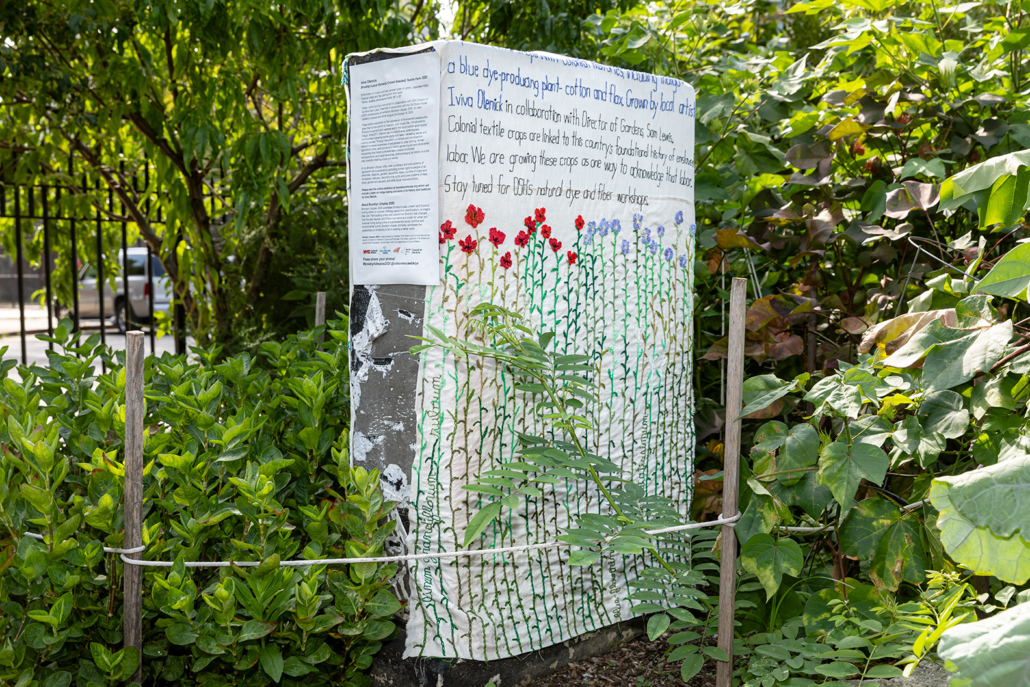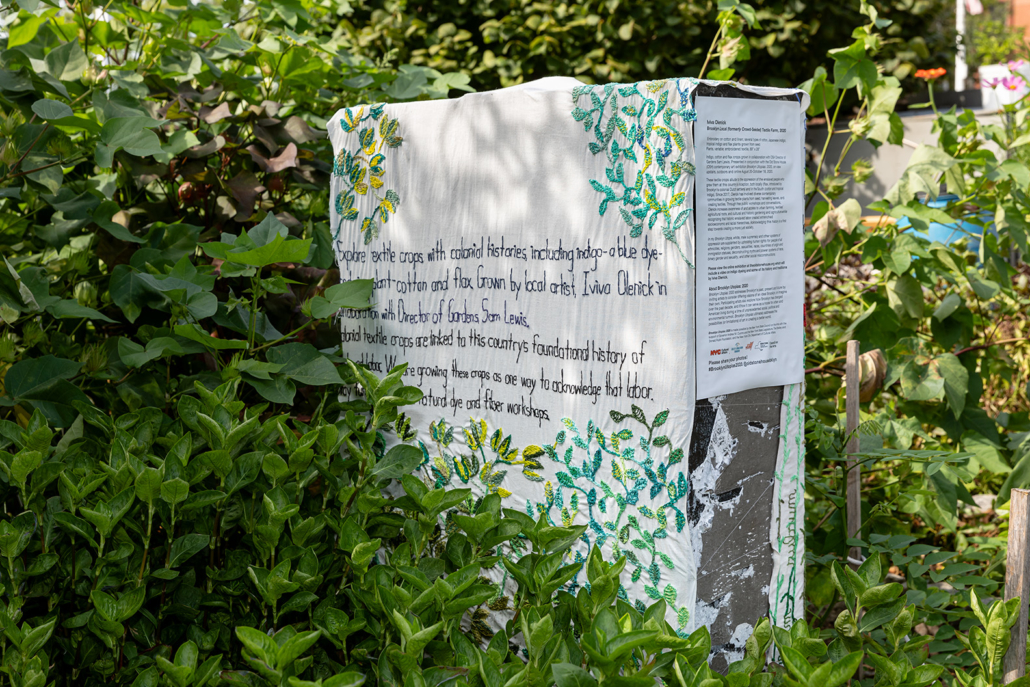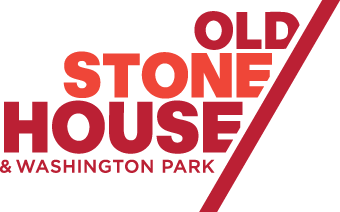IVIVA OLENICK
BROOKLYN LOCAL (FORMERLY CROWD SEEDED) TEXTILE FARM
These textile crops allude to the oppression of the enslaved people who grew them at this country’s inception, both locally (flax, introduced by Brooklyn’s colonial Dutch settlers) and in the South (cotton and tropical indigo). Since 2017, I have involved diverse contemporary communities in growing textile plants from seed, harvesting leaves, and creating textiles. Through free public workshops and conversations, I increase awareness of and access to urban farming, textiles’ agricultural roots, and cultural and historic gardening and agriculture while recognizing that historic enslaved labor created entrenched socioeconomic and racial hierarchies. Acknowledging this history is a first step towards creating a more just society.
In my Brooklyn Utopia, white, male supremacy and other systems of oppression are supplanted by upholding human rights for people of all ethnicities, religions, genders, sexualities, races, countries of origin and immigration statuses, deconstructing myths and power systems of race, binary gender and sexuality, and other social misconstructions.

Embroidery on cotton and linen (2020)
89″ x 28″
Indigo, cotton and flax crops grown in collaboration with OSH Director of Gardens Sam Lewis.
Exhibition Photography by Etienne Frossard

Embroidery on cotton and linen (2020)
89″ x 28″
Indigo, cotton and flax crops grown in collaboration with OSH Director of Gardens Sam Lewis.
Exhibition Photography by Etienne Frossard
Iviva Olenick, Indigo Dye Tutorial, 2020
Video, 8:49
To supplement the OSH garden installation Brooklyn Local (formerly Crowd-Seeded) Textile Farm, I have created this video tutorial for those interested in trying different indigo dyeing methods at home. It also discusses the history of this crop and traditional dyeing methods from Japan and South Korea, through interviews with artist Rosa Chang.
I am also offering supplementary one on one dyeing tutorials on zoom. Zoom sessions include harvesting indigo at OSH and dyeing with the leaves at home. Sign up via ivivaolenick@gmail.com, suggested donation: $25. I hope to resume more in-person workshops at OSH in 2021.
SUPPLIES NEEDED:
Bring to OSH to harvest the indigo:
- secateurs (pruning shears) or scissors
- a 1-gallon-sized ziploc bag or large plastic shopping bag
- optional – gardening gloves
To make dye from home:
- silk fabric that has been pre-washed – You can likely wash it by hand with a gentle fabric detergent or mild soap, or check for instructions on the fabric label and follow those
- sea salt
- a bowl or basin
- water
- white vinegar
- well-fitting rubber, vinyl or nitrile gloves. Without these, you will get blue fingers. The dye will wash off your hands in a few days!
ABOUT THE ARTIST
Iviva Olenick is a Brooklyn-born and based artist intersecting textiles, text, performance and community education. She has exhibited at the Philadelphia Museum of Art; Museum of Design Atlanta; Wyckoff House Museum and Old Stone House, Brooklyn; Sugar Hill Children’s Museum of Art & Storytelling, NYC; Hunterdon Museum, Clinton, NJ; South Bend Museum of Art, IN, among others. Iviva is an educator for the Studio Museum in Harlem and a faculty member of SVA’s MFA Art Practice program. She holds a BA in French Language and Literature/Psychology and an AAS in Textile/Surface Design.
Watch the plants grow on her Instagram.
